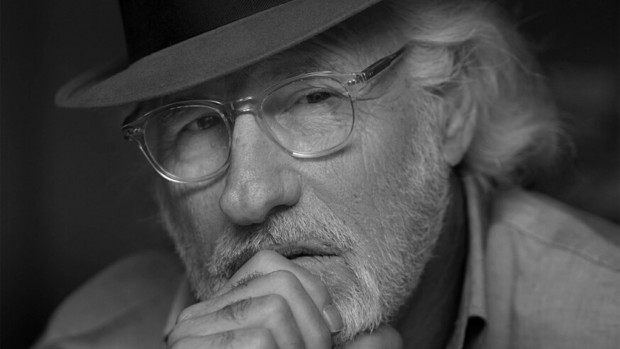The following is an excerpt from Joel Selvin’s new book, ‘Altamont: The Rolling Stones, the Hells Angels, and the Inside Story of Rock’s Darkest Day’:
Rock Scully had passed through Heathrow Airport in London many times before. Growing up as the stepson of a respected international scholar and journalist, Scully had spent years living abroad, attending private schools and universities in Europe. He was not especially alarmed to be greeted in the almost friendly, official tone of the British passport officer. “Mr. Scully? Right this way, sir.” In October 1969, six weeks after Woodstock, it had become increasingly common to see visitors to England arrive wearing long hair and hippie garb, but Scully—the twenty-four-year-old manager of the Grateful Dead, ringleader of the most resolute gang of San Francisco freaks, house band to the dawning of the LSD apocalypse and pioneer explorers of inner space—was a prince among California hippies and looked it. Scully appeared like nothing so much as Rasputin, his scarecrow frame topped with scraggly dark hair and an unkempt wispy beard. He had taken so much LSD, his pupils were little more than molten brown orbs floating in buttermilk. He was dressed head to toe in denim, his feet encased in exquisite hand-tooled cowboy boots. He had the odd feeling he had been expected. Rock had arrived with Frankie Weir, the formidable girlfriend of Dead guitarist Bobby Weir, close enough to him to have assumed his last name, who was headed to London to take a job with Derek Taylor, press secretary for The Beatles and Apple Records. It was only on the flight to England that Rock realized that his ticket, which had been arranged for him by Lenny Hart, the father of Dead drummer Mickey Hart, who had recently taken over some management responsibilities in regard to the Dead’s business affairs, was one-way. That struck him as odd, but so did a lot of things, and he put it out of his mind. Rock had their ticket stubs in his pocket. Rock was coming to London to show the Brits how real San Francisco hippies threw free concerts in the park. He was to meet with a production company called Blackhill Enterprises, which only three months before had presented a huge free concert in London’s Hyde Park with the Rolling Stones. The company had invited Scully to meet with them to discuss similar possible concerts with the Dead and Jefferson Airplane, the other leading San Francisco hippie rock band. The Dead and the Airplane were closely associated, and Scully had gone to the airport straight from a meeting at the Airplane mansion in San Francisco to discuss the prospect of the London concerts. In addition to talking business, Airplane guitarist Paul Kantner had handed Rock a small brown vial filled with pure Merck pharmaceutical cocaine. Scully tucked the vial in his pants pocket and headed for London.
The passport official took Rock upstairs and showed him to a small room in Heathrow where two customs officers waited. One of the agents had a newspaper clipping with a headline about the Grateful Dead planning an LSD fest in Hyde Park. They started to paw through Rock’s luggage. The first thing that came to their attention was Rock’s mojo, the eagle feather and bear claw and other Native American artifacts that he routinely traveled with. He had also loaded up on turquoise jewelry and bracelets that he knew the English would love. But when they picked up the Polaroid film canister and shook it, dozens of tiny purple pills fell out and rolled all over the floor. It was the finest LSD in the world, Owsley Purple, manufactured by Augustus Owsley Stanley III himself, longtime benefactor, resident audio genius, and elixir mixer to the court of the Grateful Dead, the first private party in the world to synthesize the mind-altering compound. More worried about the marijuana in his luggage, Rock had practically forgotten about the LSD. It wasn’t a lot of doses—maybe fifty or sixty. The small pills resembled the tiny jacks of heroin dispensed to addicts in England.
Altamont: The Rolling Stones, the Hells Angels, and the Inside Story of Rock’s Darkest Day
Available Now
HarperCollins Publishers



